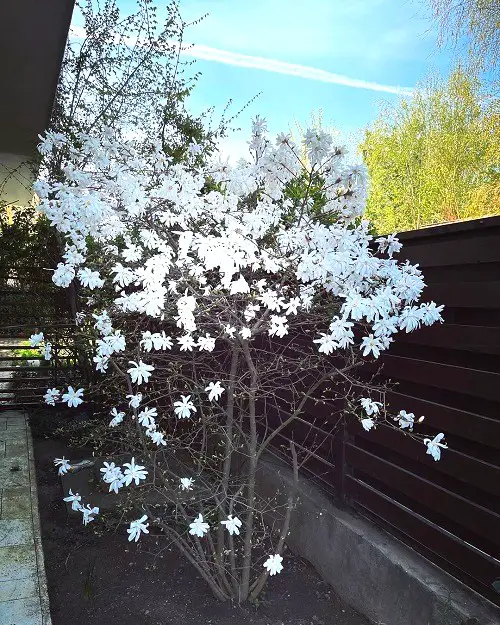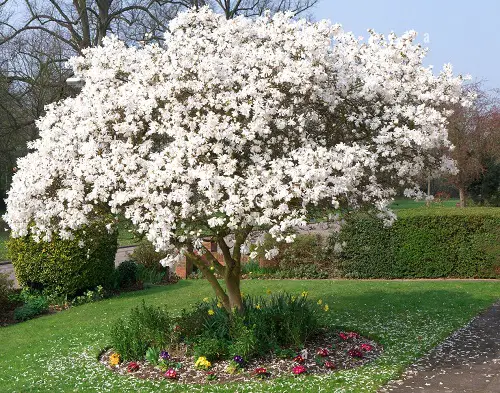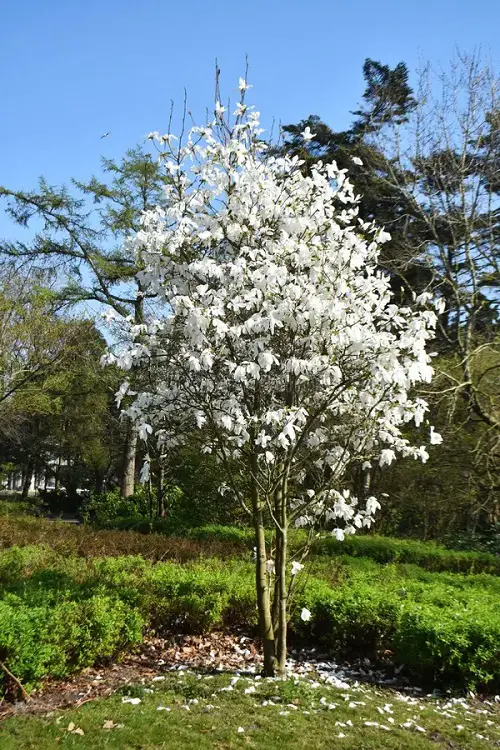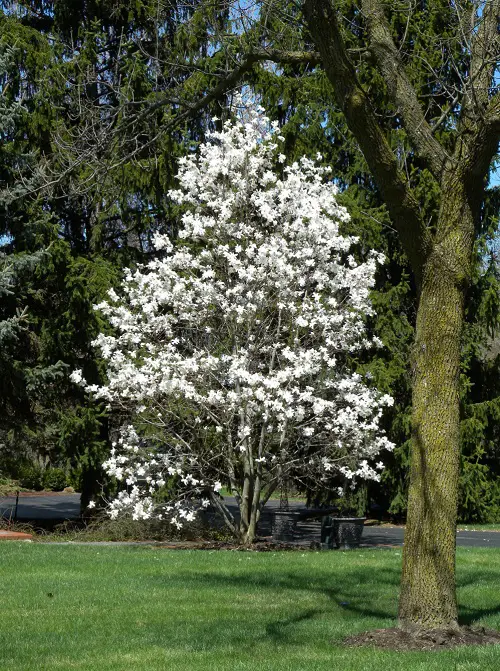Magnolia Alba can be a lovely addition to the garden thanks to its stunning white flowers. Here’s how to grow it!
If you’re eager to plant the elegant Magnolia Alba, this guide will provide you with all the tips and techniques.
Magnolia Alba Information
Magnolia Albas are beautiful flowering trees that are grown in Southeast Asia. They’re a hybrid variation of Magnolia champaca white and Magnolia montana. These trees are called Cempaka Putih in Indonesian and are known for their towering height, which can easily reach 100 feet.
What many people don’t know is that they have evergreen foliage, which is a common ornamental plant in many parts of Asia.
Botanical Name: Magnolia x soulangiana ‘Alba’
Common Names: Alba magnolia, white michelia champaca, white champaca tree
USDA Zones: 5-9a
Propagating Magnolia Alba

If you want to grow one of these, get a softwood cutting from one of these between mid-fall and mid-spring. Remove the lower leaves of the cuttings, dip the cut end in a rooting hormone, and then plant them in a pot filled with good-quality potting soil.
After planting, water the plant well and cover it with a plastic bag for a mini greenhouse effect. Place it in bright light and let it grow; in a few weeks, you’ll notice root growth in the cutting–this is when you should transfer it to a bigger pot or the garden soil.
Here are the Best Magnolia Bonsai Tree Pictures
Requirements for Growing Magnolia Alba

Location
These Magnolias need full sun to partial shade. Make sure they get 6-8 hours of direct sunlight exposure daily. If you live where there’s intense summer heat, give it a bit of shade during the harsh afternoon hours to prevent leaf scorching.
Soil
Magnolia Albas need loamy and well-draining soil that doesn’t retain much moisture. So, use this recipe to create soil for these.
- 2 parts potting soil
- 1 part perlite or sand for drainage
- 1 part peat moss or composted pine bark (Only add this if your soil is alkaline)
Mix these up, and it will make sure your plant keeps thriving.
Water
These plants don’t need frequent watering once they’re established, but for young plants, you need to be careful so they don’t get stressed. Water these well and let the topsoil dry out before watering them again.
Don’t let your plant sit in wet soil for too long, as it will lead to rot problems.
Magnolia Alba Care
Fertilizer
For younger white champaca trees, you should feed a fertilizer with an NPK ratio of 15-15-15. Give it only during the growing season and no more than once a month.
For older and mature ones, a milder one of a 7-9-5 ratio is best. Any good blooming fertilizer gets the job done. Once a year is more than enough.
Pruning
Due to its naturally tidy shape, the Magnolia Alba rarely needs pruning. However, some light grooming during the growing season can help keep its appearance and maintain a neat look.
Just remove any problematic growth, such as suckers, water sprouts, or dead branches, by making clean cuts at the base using sturdy and sharp pruning shears.
Pests and Diseases
Magnolia Albas are resistant to pests, but Magnolia scale is a common issue. A bit of horticultural oil can help take care of this, though.
Diseases are rare, but leaf spots and cankers may occur. To prevent them, prune infected branches, fertilize regularly, and address Verticillium wilt if present.





